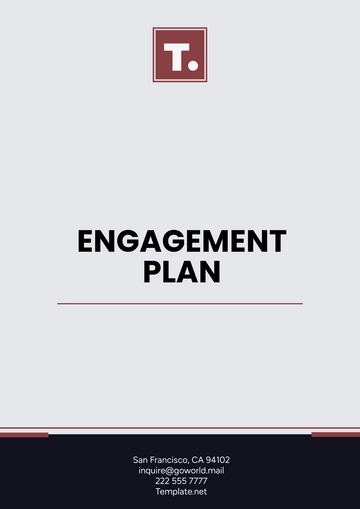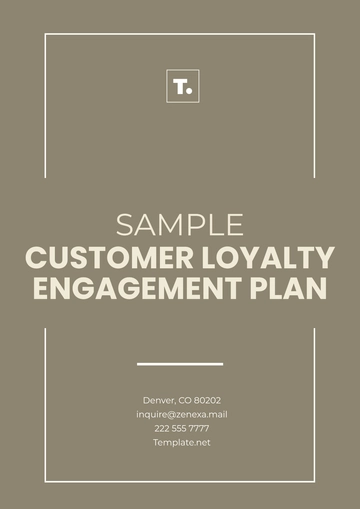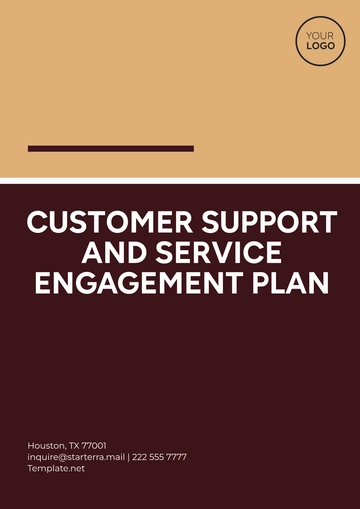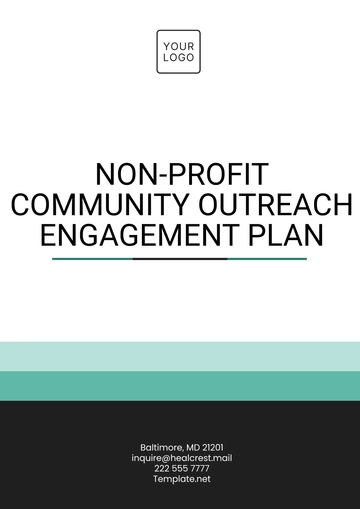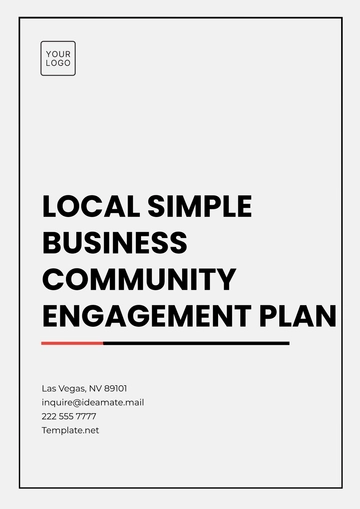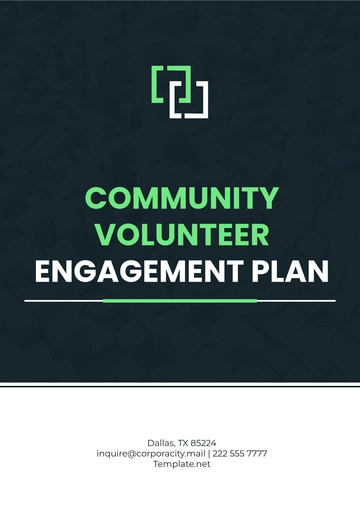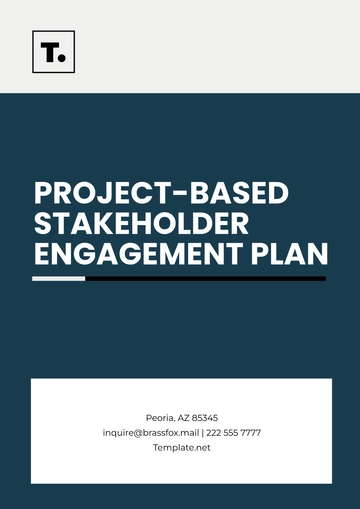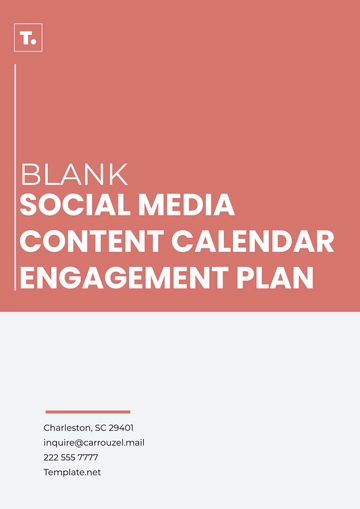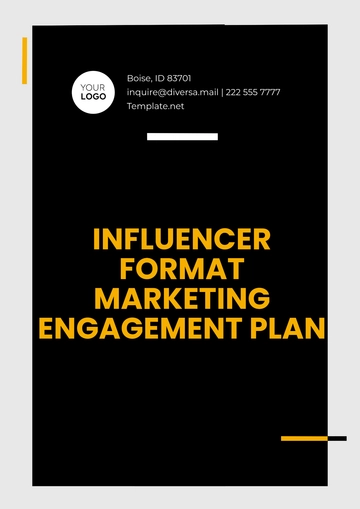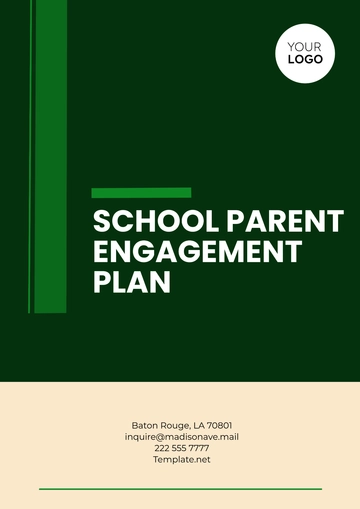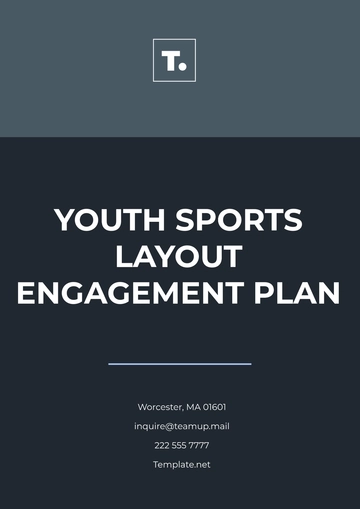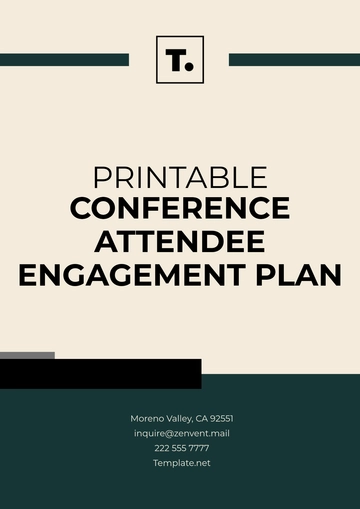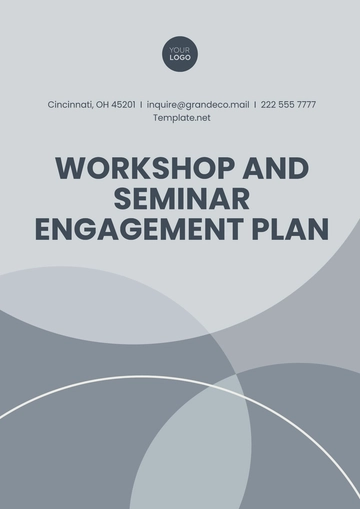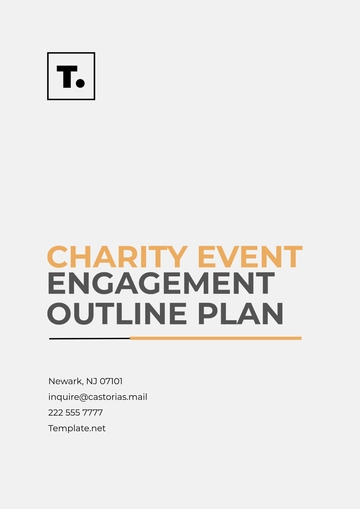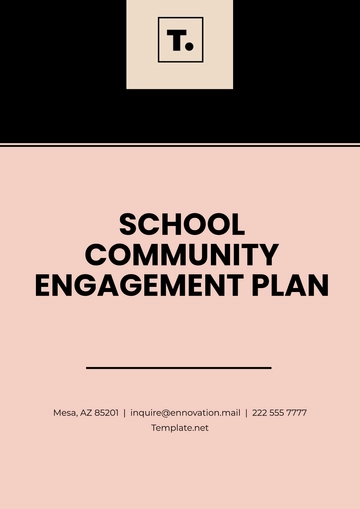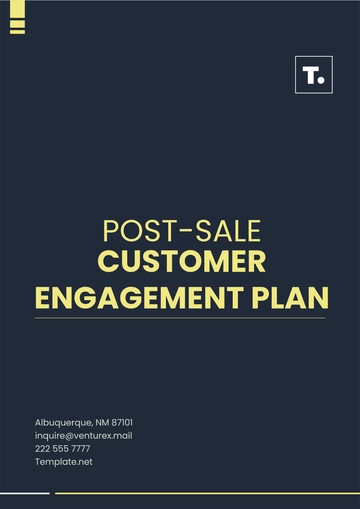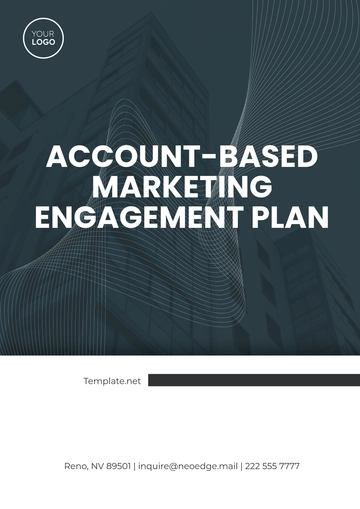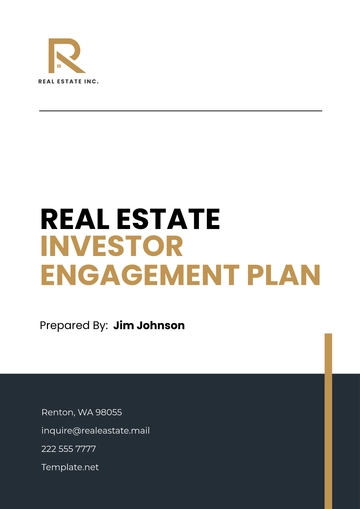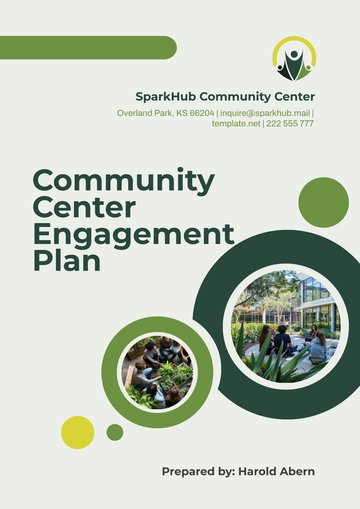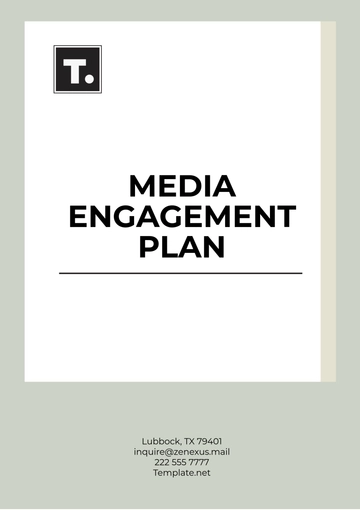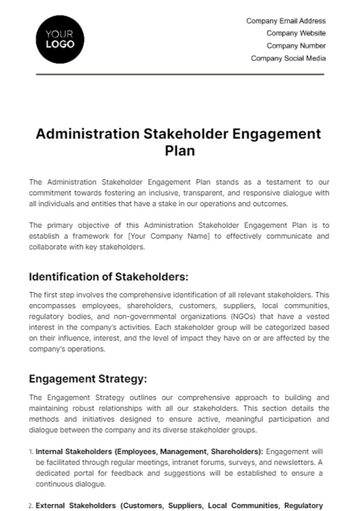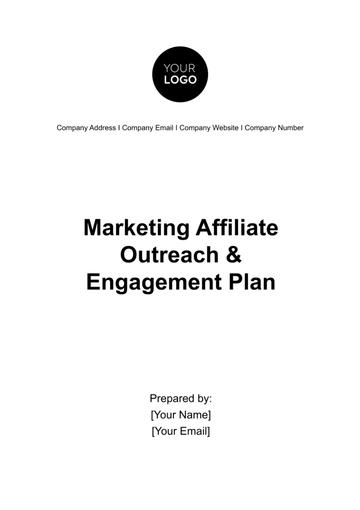Free Media Engagement Plan
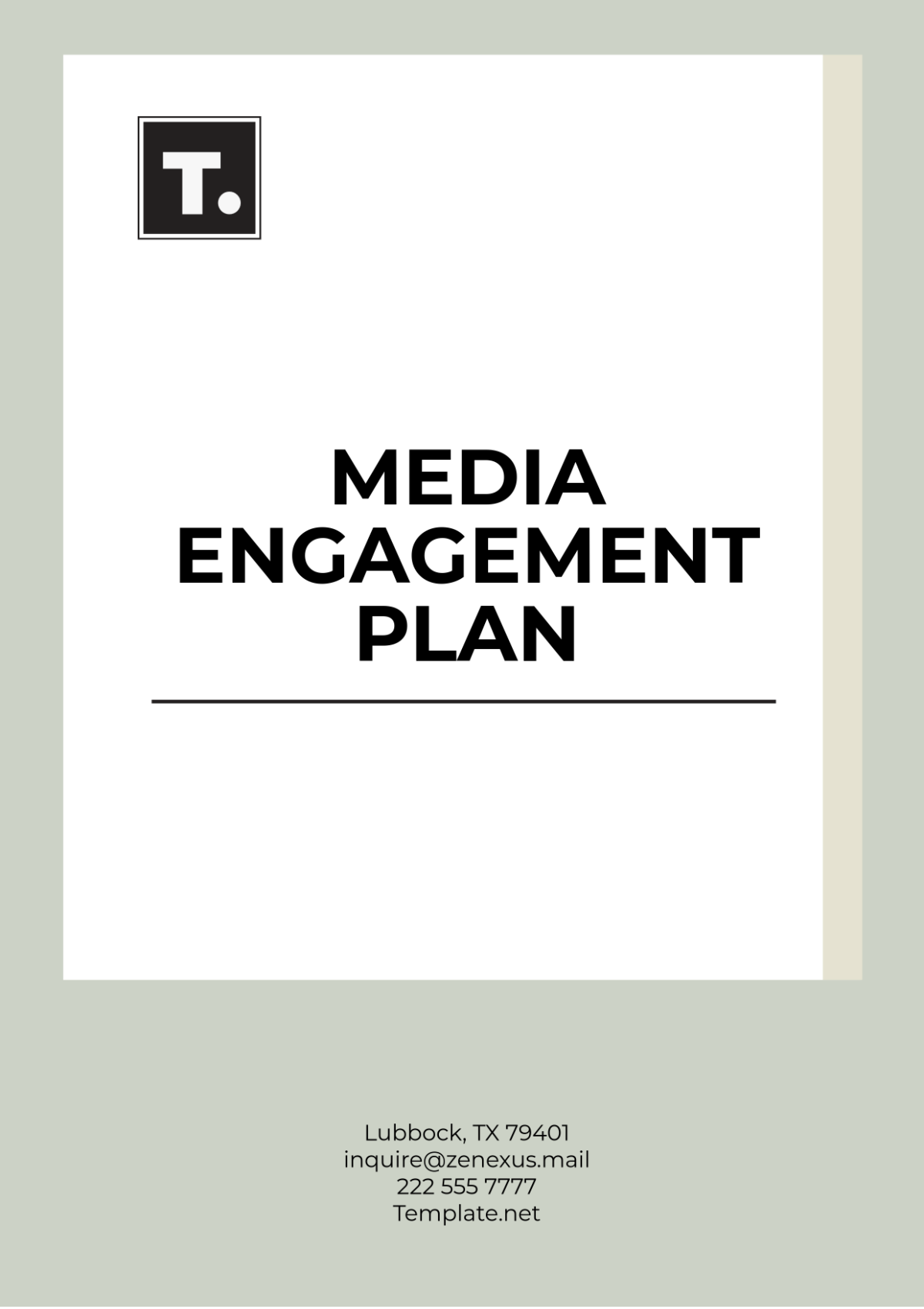
Overview
The purpose of this Media Engagement Plan is to outline strategies and actions for effectively engaging with media outlets to enhance public visibility, communicate key messages, and build positive relationships with journalists and media professionals. The plan includes specific goals, target media outlets, messaging strategies, and tactics for handling both proactive and reactive media engagement.
1. Objectives
The primary objectives of this Media Engagement Plan are to:
Increase brand awareness through media coverage.
Promote key messages aligned with organizational values and goals.
Develop positive relationships with journalists, reporters, and other media professionals.
Mitigate potential risks by establishing clear guidelines for handling media inquiries and public statements.
Establish a media presence for long-term brand recognition and credibility.
2. Target Audience
General Public: Individuals who consume news and media and are potential stakeholders.
Journalists and Reporters: Professionals covering topics relevant to the organization.
Influencers and Bloggers: Digital content creators with large followings in relevant industries.
Industry Peers: Companies and professionals in similar fields who can provide credibility through mentions or endorsements.
3. Key Messages
Primary Message
Emphasize the organization’s mission, values, and impact on the industry or community.
Supporting Messages
Highlight the organization’s commitment to innovation, sustainability, or other differentiating factors.
Showcase recent achievements, projects, or products that align with the audience’s interests.
Convey the organization’s dedication to quality, customer satisfaction, or other values.
4. Media Outlets and Channels
Print Media: Newspapers, magazines, and trade publications relevant to the industry.
Broadcast Media: Local and national TV and radio stations for broader public reach.
Online Media: News websites, digital newsrooms, online publications, and podcasts.
Social Media: Platforms such as Twitter, LinkedIn, Instagram, and Facebook to interact directly with the public and amplify media coverage.
Industry Publications: Trade journals and niche websites to reach targeted industry stakeholders.
5. Strategies for Media Engagement
Proactive Media Outreach
Pitch story ideas and unique angles to journalists aligned with organizational goals.
Issue press releases to announce significant milestones, product launches, partnerships, and events.
Organize media events, such as press conferences, product demonstrations, or virtual briefings.
Reactive Media Response
Develop prepared statements and responses to common inquiries.
Respond to media inquiries promptly, focusing on transparency and professionalism.
Designate trained spokespersons to handle high-profile or complex questions.
6. Action Plan and Timeline
Activity | Description | Timeline | Responsible Party |
|---|---|---|---|
Media List Development | Identify and compile a list of key journalists and publications. | 1-2 weeks | PR/Communications Team |
Press Release Drafting | Prepare and finalize press releases for major announcements. | As needed | PR Team |
Story Pitching | Pitch exclusive stories to high-priority media contacts. | Monthly/Quarterly | Media Relations Specialist |
Social Media Amplification | Share media mentions and engage audiences on social platforms. | Ongoing | Social Media Manager |
Crisis Preparedness | Develop and maintain crisis communication responses and protocols. | Quarterly review | PR Team/Executive Leadership |
Media Training | Provide media training sessions to designated spokespersons. | Biannual | Communications/PR Consultants |
7. Evaluation Metrics
Media Coverage Volume: Track the number and reach of media mentions across print, online, and broadcast channels.
Audience Engagement: Measure social media engagement rates (likes, shares, comments) on media-related posts.
Message Accuracy: Assess how well the media coverage aligns with the key messages outlined in the plan.
Media Relationships: Track interactions with journalists, including responses to pitches and follow-ups.
8. Crisis Communication Plan
Risk Assessment: Identify potential issues or crises that could attract media attention.
Pre-prepared Statements: Develop template statements for likely scenarios, reviewed regularly to ensure accuracy.
Rapid Response Team: Establish a core team responsible for monitoring and responding to any crisis developments promptly.
Clear Protocols: Define internal communication protocols, including guidelines for escalating issues to senior leadership.
9. Review and Continuous Improvement
Regular reviews will assess the effectiveness of the Media Engagement Plan, including feedback from the PR team, media contacts, and stakeholders. The plan will be updated semi-annually or as needed based on evaluation metrics, changing organizational needs, and evolving media landscapes.
Contact Information
For media inquiries or further information, please contact:
[YOUR NAME]
Public Relations Manager
[YOUR EMAIL]
[YOUR COMPANY NUMBER]
[YOUR COMPANY WEBSITE]
- 100% Customizable, free editor
- Access 1 Million+ Templates, photo’s & graphics
- Download or share as a template
- Click and replace photos, graphics, text, backgrounds
- Resize, crop, AI write & more
- Access advanced editor
Drive meaningful interactions with Template.net's Media Engagement Plan Template. Completely editable and customizable, it empowers you to craft strategies that resonate with your audience. Use our intuitive Ai Editor Tool to refine every aspect, ensuring your engagement plan is tailored to foster strong connections and enhance brand loyalty effortlessly.
You may also like
- Finance Plan
- Construction Plan
- Sales Plan
- Development Plan
- Career Plan
- Budget Plan
- HR Plan
- Education Plan
- Transition Plan
- Work Plan
- Training Plan
- Communication Plan
- Operation Plan
- Health And Safety Plan
- Strategy Plan
- Professional Development Plan
- Advertising Plan
- Risk Management Plan
- Restaurant Plan
- School Plan
- Nursing Home Patient Care Plan
- Nursing Care Plan
- Plan Event
- Startup Plan
- Social Media Plan
- Staffing Plan
- Annual Plan
- Content Plan
- Payment Plan
- Implementation Plan
- Hotel Plan
- Workout Plan
- Accounting Plan
- Campaign Plan
- Essay Plan
- 30 60 90 Day Plan
- Research Plan
- Recruitment Plan
- 90 Day Plan
- Quarterly Plan
- Emergency Plan
- 5 Year Plan
- Gym Plan
- Personal Plan
- IT and Software Plan
- Treatment Plan
- Real Estate Plan
- Law Firm Plan
- Healthcare Plan
- Improvement Plan
- Media Plan
- 5 Year Business Plan
- Learning Plan
- Marketing Campaign Plan
- Travel Agency Plan
- Cleaning Services Plan
- Interior Design Plan
- Performance Plan
- PR Plan
- Birth Plan
- Life Plan
- SEO Plan
- Disaster Recovery Plan
- Continuity Plan
- Launch Plan
- Legal Plan
- Behavior Plan
- Performance Improvement Plan
- Salon Plan
- Security Plan
- Security Management Plan
- Employee Development Plan
- Quality Plan
- Service Improvement Plan
- Growth Plan
- Incident Response Plan
- Basketball Plan
- Emergency Action Plan
- Product Launch Plan
- Spa Plan
- Employee Training Plan
- Data Analysis Plan
- Employee Action Plan
- Territory Plan
- Audit Plan
- Classroom Plan
- Activity Plan
- Parenting Plan
- Care Plan
- Project Execution Plan
- Exercise Plan
- Internship Plan
- Software Development Plan
- Continuous Improvement Plan
- Leave Plan
- 90 Day Sales Plan
- Advertising Agency Plan
- Employee Transition Plan
- Smart Action Plan
- Workplace Safety Plan
- Behavior Change Plan
- Contingency Plan
- Continuity of Operations Plan
- Health Plan
- Quality Control Plan
- Self Plan
- Sports Development Plan
- Change Management Plan
- Ecommerce Plan
- Personal Financial Plan
- Process Improvement Plan
- 30-60-90 Day Sales Plan
- Crisis Management Plan
- Engagement Plan
- Execution Plan
- Pandemic Plan
- Quality Assurance Plan
- Service Continuity Plan
- Agile Project Plan
- Fundraising Plan
- Job Transition Plan
- Asset Maintenance Plan
- Maintenance Plan
- Software Test Plan
- Staff Training and Development Plan
- 3 Year Plan
- Brand Activation Plan
- Release Plan
- Resource Plan
- Risk Mitigation Plan
- Teacher Plan
- 30 60 90 Day Plan for New Manager
- Food Safety Plan
- Food Truck Plan
- Hiring Plan
- Quality Management Plan
- Wellness Plan
- Behavior Intervention Plan
- Bonus Plan
- Investment Plan
- Maternity Leave Plan
- Pandemic Response Plan
- Succession Planning
- Coaching Plan
- Configuration Management Plan
- Remote Work Plan
- Self Care Plan
- Teaching Plan
- 100-Day Plan
- HACCP Plan
- Student Plan
- Sustainability Plan
- 30 60 90 Day Plan for Interview
- Access Plan
- Site Specific Safety Plan
